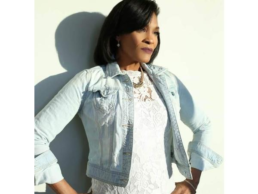Brand New Day with Emily Blue and DeAnn Lax REWIND feat. Brooke Hart Jones
Brand New Day with Emily Blue and DeAnn Lax REWIND feat. Brooke Hart Jones
Brand New Day with Emily Blue and DeAnn Lax REWIND feat. Brooke Hart Jones
Brand New Day with Emily Blue and DeAnn Lax REWIND feat. Brooke Hart Jones
Brand New Day with Emily Blue and DeAnn Lax (Rewind)
Brand New Day with Emily Blue and DeAnn Lax feat. DeEtta M. West (Rewind)







